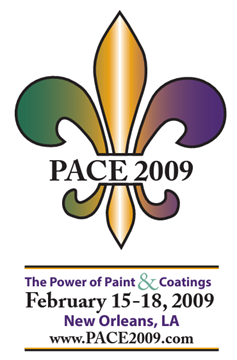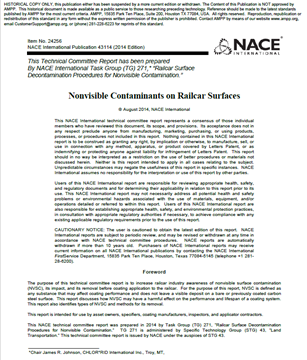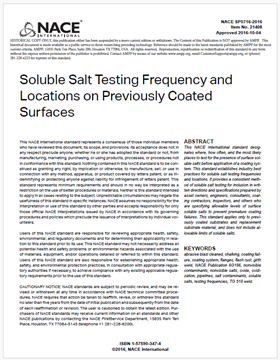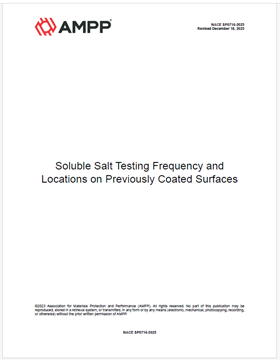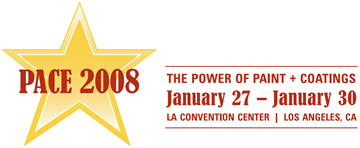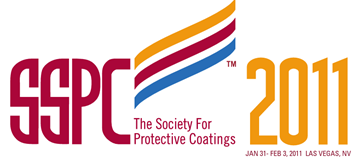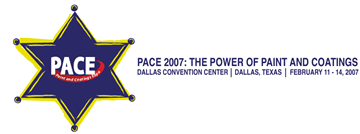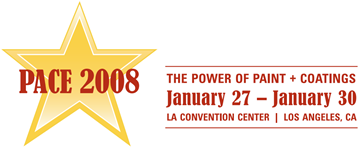Search
Products tagged with 'coating failure'
View as
Sort by
Display
per page
Failure Investigation: Field Sampling and Communication to Maximize the Effectiveness of Laboratory Analysis
Product Number:
41214-825-SG
Publication Date:
2014
$20.00
Galvanic Drilling and Problems with Coating Dissimilar Metals in Corrosive Environments
Product Number:
41209-508-SG
Publication Date:
2009
$20.00
NACE Publication 43114-2014, "Nonvisible Contaminants on Railcar Surfaces"
Product Number:
24256-SG
Publication Date:
2014
$179.00
NACE SP0716-2016, Soluble Salt Testing Frequency and Locations on Previously Coated Surfaces
Product Number:
21409-SG
Publication Date:
2016
$179.00
NACE SP0716-2023, Soluble Salt Testing Frequency and Locations on Previously Coated Surfaces
Product Number:
NACE SP0716-2023
Publication Date:
2023
$109.00
OAP Coating Systems & Linings for Petroleum & Water Storage Tanks
Product Number:
51220-286-SG
Publication Date:
2020
$20.00
Painted Aluminum – Concerns with Fabrication Details and Exposure
Product Number:
41213-786-SG
Publication Date:
2013
$20.00
Powder Coating - Contract Metal Finishing; How to Avoid Premature Coating Failures
Product Number:
41208-406-SG
Publication Date:
2008
$20.00
Retention of Pr-Construction Primers During Shipbuilding
Product Number:
41211-586-SG
Publication Date:
2011
$20.00
Testing Moisture Content in Concrete Subfloors Prior to Installing Floor Coatings
Product Number:
41207-369-SG
Publication Date:
2007
$20.00
The Curse of the Mummy: Mysterious Tank Lining Failure in WAV Vessels
Product Number:
41214-841-SG
Publication Date:
2014
$20.00
The Curse of the Mummy: Strange Discoveries in the World of Coating Failures
Product Number:
41208-439-SG
Publication Date:
2008
$20.00


